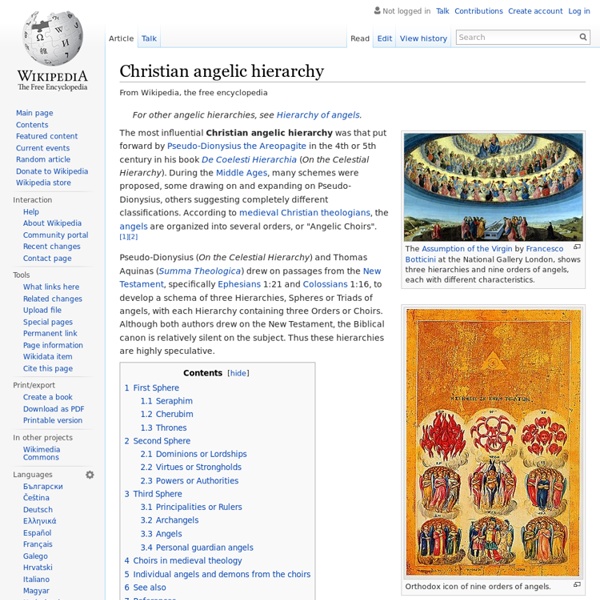Christian angelic hierarchy

Related:
Related:



